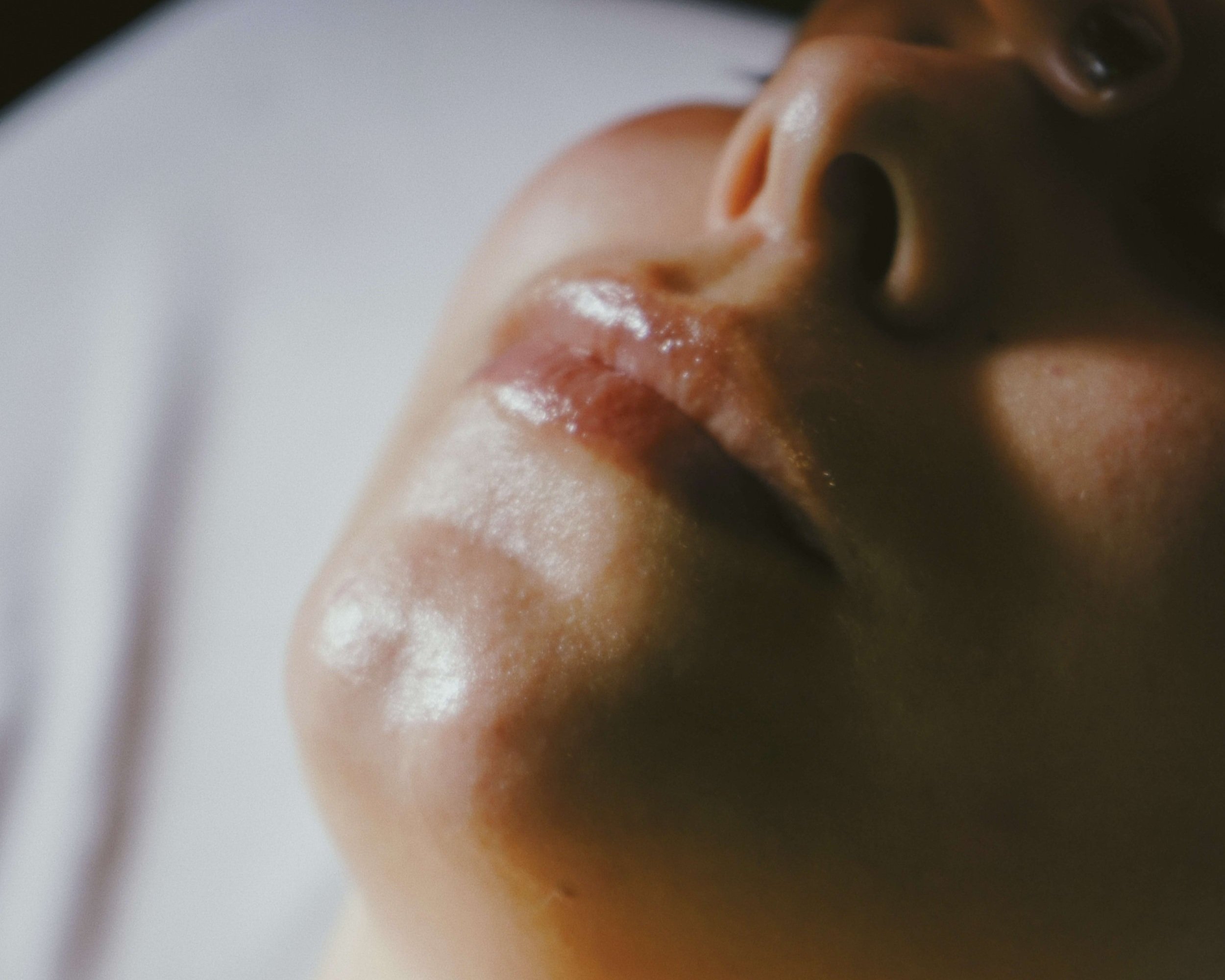Understanding Rosacea: A Comprehensive Guide to Different Types.
Rosacea is a chronic skin condition that affects millions of people worldwide. It is characterized by redness, visible blood vessels, and often, pimples or pustules on the face. Rosacea is a complex condition, and its symptoms can vary greatly among individuals. In this blog post, we will explore the different types of rosacea, their unique characteristics, and how they are typically managed.
Erythematotelangiectatic Rosacea.
Erythematotelangiectatic rosacea, often referred to as ETR, is the most common type of rosacea. It is primarily characterized by persistent redness in the central part of the face, which may come and go. Individuals with ETR may also experience visible blood vessels (telangiectasias) and a tendency to flush or blush easily. This type of rosacea can be triggered by various factors, including sun exposure, temperature changes, and certain skincare products.
Management:
Sun protection is crucial. Daily use of sunscreen and avoiding excessive sun exposure can help reduce redness.
Gentle skincare products and a consistent routine can help manage symptoms.
Laser therapy may be recommended to reduce the appearance of visible blood vessels.
Papulopustular Rosacea.
Papulopustular rosacea, also known as inflammatory rosacea, is characterized by redness, swelling, and the presence of pimples and pustules on the face. This type is often mistaken for acne due to the similar appearance of the lesions. It can be particularly distressing because of its impact on a person's appearance.
Management:
Topical and oral antibiotics are commonly prescribed to reduce inflammation and control bacterial growth.
Gentle skincare products and a mild cleanser can help prevent further irritation.
Avoiding triggers like spicy foods, alcohol, and harsh skincare products is essential.
Phymatous Rosacea.
Phymatous rosacea is a less common but more severe type of rosacea. It is characterized by thickening of the skin and the enlargement of facial features, especially the nose (rhinophyma). While it can affect any facial area, the nose is most commonly affected. Phymatous rosacea often progresses slowly over time.
Management:
Surgical interventions, such as laser therapy or dermabrasion, may be necessary to treat rhinophyma.
Medications and skincare routines can help manage symptoms and slow the progression of the condition.
Ocular Rosacea.
Ocular rosacea primarily affects the eyes, causing redness, dryness, burning, and a gritty sensation. In some cases, it can lead to more severe eye problems, such as corneal damage. Ocular rosacea often occurs alongside other types of rosacea.
Management:
Artificial tears and lubricating eye drops can help relieve dryness.
In more severe cases, prescription eye medications may be necessary.
Managing facial rosacea symptoms can also alleviate ocular symptoms.
Granulomatous Rosacea.
Granulomatous rosacea is a rare subtype characterized by the development of hard, reddish-brown bumps on the face. These bumps, known as granulomas, can vary in size and may persist for months or even years.
Management:
Treatment typically involves topical or oral antibiotics and sometimes anti-inflammatory medications.
Consultation with a dermatologist is essential to determine the most appropriate treatment plan.
Rosacea is a complex skin condition with various subtypes, each presenting its own set of challenges and symptoms. It's important to consult a dermatologist for an accurate diagnosis and personalized treatment plan. With proper management and lifestyle adjustments, individuals with rosacea can effectively control their symptoms and improve their quality of life. Remember that what works for one person may not work for another, so finding the right combination of treatments is key to managing this condition effectively.

